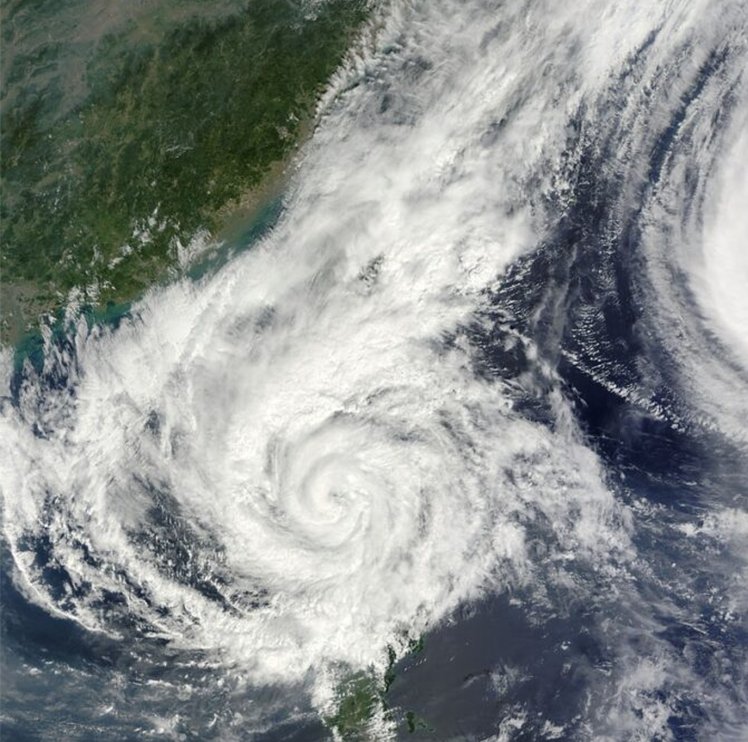
ESSIC/CISESS Associate Research Scientist Isaac Moradi recently published a paper in Monthly Weather Review titled “Assimilation of satellite microwave observations over the rainbands of tropical cyclones” alongside co-authors from the University of Colorado, NASA Global Modelling and Assimilation Office, and NOAA Atlantic Oceanographic and Meteorological Laboratory.
In the study, the researchers developed a novel Bayesian Monte Carlo Integration (BMCI) technique to retrieve geophysical variables from satellite microwave radiometer data in the presence of tropical cyclones. The BMCI technique includes three steps: generating a stochastic database, simulating satellite brightness temperatures using a radiative transfer model, and retrieving geophysical variables from real observations. Some results of this study show that assimilating the BMCI retrievals can influence the dynamical features of the cyclone, including a stronger warm core, a symmetric eye, and vertically aligned wind columns.
Moradi joined Earth System Science Interdisciplinary Center (ESSIC), University of Maryland in 2011. His research is focused on microwave remote sensing including, calibration and validation of satellite microwave observations, retrieving geophysical variables from satellite microwave measurements, microwave radiative transfer modelling, assimilation of all-sky microwave observations into NWP models, and Observing System Simulation Experiments (OSSE). He is affiliated with NASA Global Modelling and Assimilation Office (GMAO) and NOAA Center for Satellite Applications and Research (STAR).
To access the paper, click here: “Assimilation of satellite microwave observations over the rainbands of tropical cyclones”.





